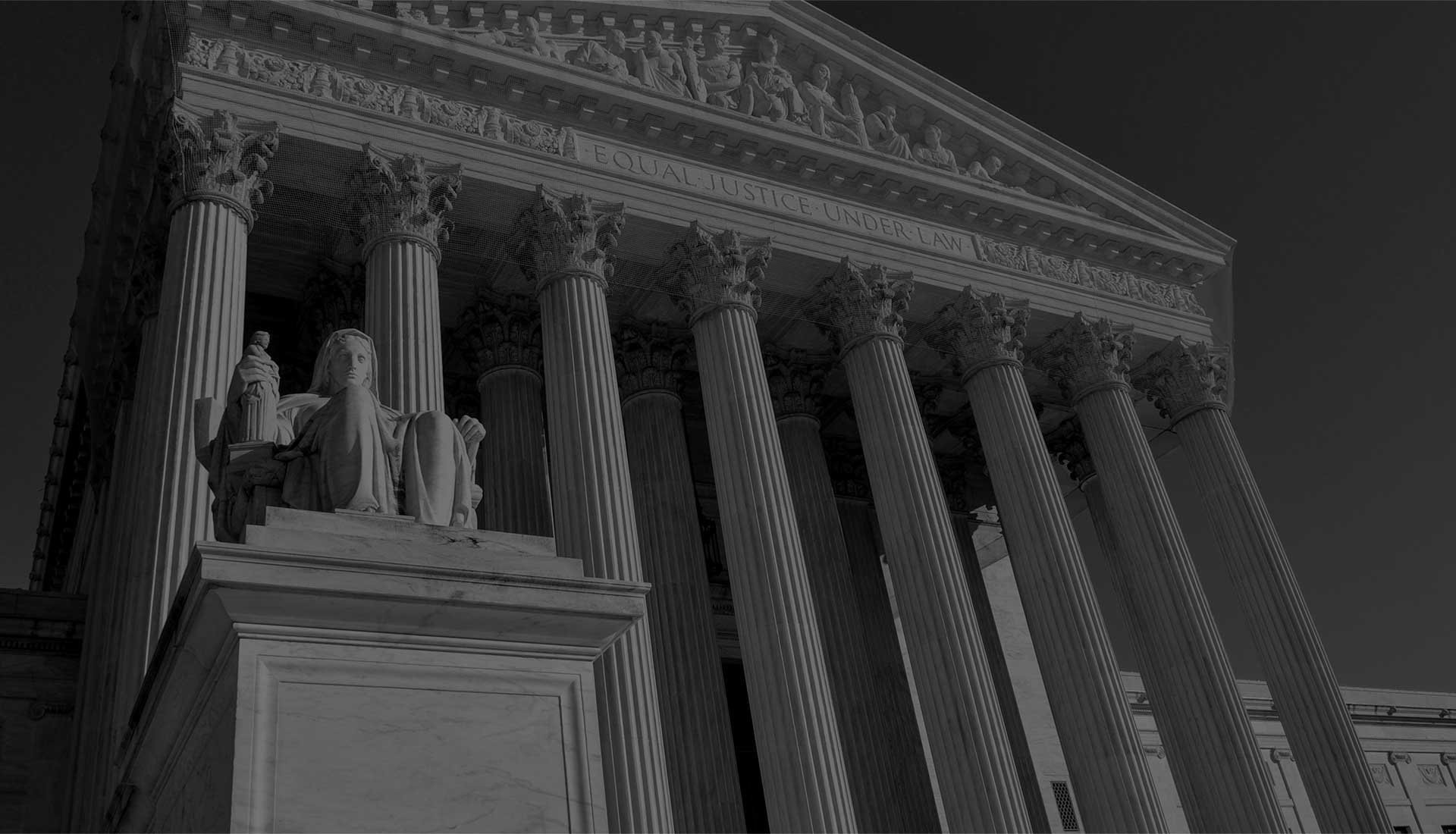Careless Driver Plus Careless Bureaucrats Equals Two Deaths
Two more people died after yet another fatal car crash on a dangerous stretch of Waymans Branch Road near Scott High School in Covington.
According to police and residents, many people use this road as a shortcut between the school and Madison Pike. The driver evidently lost control of her vehicle on the slick road; her car then skidded into a nearby creek. Both she and her grandson, 16-year-old victim, died at the scene. A third person — a high school student whose name was not released — was injured in the fatal car crash. Covington Assistant Police Chief Brian Steffen said the area is known for “frequent collisions [and] frequent crashes, especially when it starts raining.” Local resident Lisa Frieman added that “the city or county could do something to make the road safer,” such as lowering the speed limit, adding warning signs, or erecting guardrails.
In February 2017, four Scott High School students were seriously injured in a crash that occurred in almost the same location.
Defective Roadway Design and Fatal Car Crashes
Many roads in Kentucky are a lot like Waymans Branch, in that they carry much more traffic than they were originally designed to handle. Before Scott High was built in 1978, Waymans Branch was just another country back road that hardly ever saw a car. Then, the usage changed, but the roadway designed remained unchanged, setting the stage for fatal car crashes.
In Kentucky, public officials have qualified immunity from negligence lawsuits. In most cases, they cannot be sued for negligent performance of a discretionary act, such as the decision to build or tear down a road. However, they can be sued for negligent performance of a ministerial act. If “the officer’s duty is absolute, certain, and imperative, involving merely execution of a specific act arising from fixed and designated facts,” the state or other government unit could be liable for damages. The following elements apply in fatal car crash cases:
- History of Crashes: Many governments have guidelines regarding the review of roadway safety measures. In the absence of such rules, author Ian Fleming once wrote that “once is an accident, twice is a coincidence, and three times is enemy action.”
- Knowledge: A simple e-mail, text or tweet is probably enough to establish knowledge; if an agency held a hearing or requested public comments, that is even better.
- Refusal to Act: If it is clear based on the crash history that the road needs to be improved and the agency in charge does nothing, the agency was arguably negligent.
If multiple parties were at fault, the contributory negligence rule dictates that the judge apportion damages between the responsible parties based on their percentage of fault.
Governmental negligence is one cause of fatal car crashes. For a free consultation with an experienced personal injury lawyer in Cave City, contact Attorney Gary S. Logsdon. Attorneys can arrange for victims to receive ongoing medical care, even if they have no money and no insurance.

